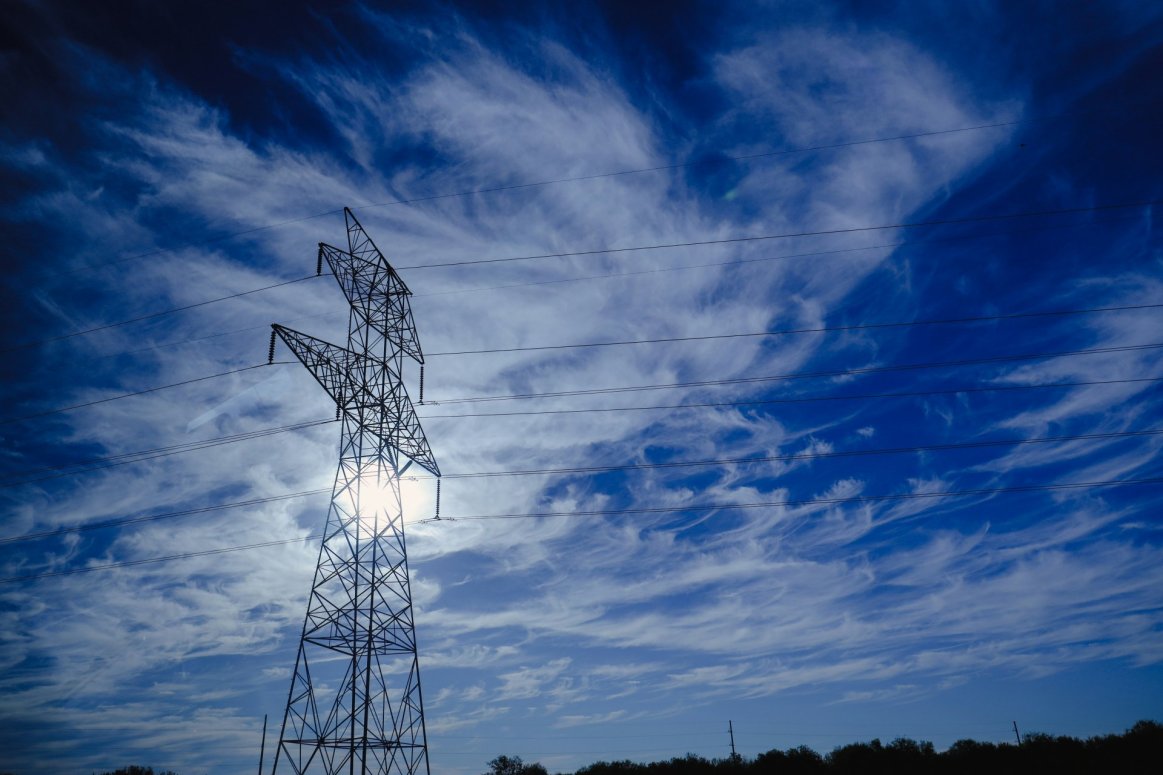
Energy costs account for a major percentage of total operating expenses for commercial properties, ranging from 15-50%, depending on the industry. With the release of PJM Interconnection’s latest capacity auction costs for the 2025/26 delivery year, energy expenses for commercial businesses are predicted to increase considerably for PJM territories in June 2025. The 2025/26 capacity prices hit a reported record high at $269.92/megawatt-day, which is nearly a 900% increase from 2024/25’s capacity price at $28.92/MW-day. Accounting for roughly 25% of commercial consumers’ electric bills, these capacity price increases will significantly raise electric bills and could impact commercial businesses' operating expenses. This article will explain the details and effects of PJM’s capacity price increases and the benefits of installing solar as an effective cost-saving measure.
What is PJM?
PJM roughly stands for Pennsylvania, New Jersey, Maryland, but the interconnection’s territory spans 13 states (DE, IL, IN, KY, MD, MI, NJ, NC, OH, PA, TN, VA, WV, DC), making it the largest regional transmission organization (RTO) in the U.S. Functionally, PJM operates the flow of electricity from generators to local utilities in the Eastern Interconnection. It not only ensures that the electric supply meets demand but also supports a stable, reliable flow of electricity.
Understanding capacity prices and this year’s spike
Every year, PJM hosts capacity auctions that determine the capacity price to maintain operational power plants. Capacity charges are fees paid to the electric grid operator. PJM, in this case, is set by the electricity provider, which is then passed down to the consumers. Capacity costs are usually embedded in the consumer's electric bill and can make up about 30% of the total bill. They are calculated based on the commercial consumer’s average electric demand during specific peak hours in summer months (see full calculation explanation). Consequently, any flares in capacity auction prices trickle down and affect commercial consumers’ electric bills.
This year’s spike in capacity prices was caused by power plants retiring, increased electric demand, and new market rules that more accurately reflect extreme weather risks (Utility Dive). Utility providers BGE (Baltimore Gas and Electric) in Maryland and Dominion in Virginia and North Carolina are within PJM’s territory and were even more significantly affected by this year’s capacity auction, with prices set at $466.35/MW-day and $444.26/MW-day, respectively. Indeed, certain areas of Maryland could see energy bill increases by as much as 24% due to this capacity price spike (Office of People’s Counsel, State of Maryland). Overall, PJM consumers, especially commercial customers, will pay $14.7 billion in capacity charges compared to the $2.2 billion in the last auction and can expect to see noticeable increases in their electric bills unless
How can businesses mitigate the effects of these capacity increases?
There are several strategies for commercial businesses to reduce their capacity costs and utility bills.
- Installing solar panels will significantly reduce reliance on electricity from the grid during peak demand and enable energy independence. Further, installing battery storage systems paired with solar panel installations is the best method to circumvent the increased capacity costs. With a solar plus battery system, businesses can draw from the stored energy their system produces during peak hours. Federal and local solar incentives are available to alleviate the cost of installing solar systems and it is crucial to install a system that matches the business’s electrical demand.
- Participating in demand response programs allows businesses to receive financial incentives in exchange for reducing their electricity usage during peak hours, which lowers capacity costs.
- Installing energy-efficient measures such as upgraded lighting, HVAC systems, or other energy-efficient appliances will reduce total energy consumption and therefore, capacity costs.
- Load shifting is another method for reducing capacity costs. Load shifting involves businesses performing energy-intensive processes during off-peak hours.
- Commercial customers can enter into Power Purchase Agreements (PPAs) with solar providers to claim up to 50% cheaper rates than future grid rates.
How can Greentech Renewables help?
As the leading solar equipment distributor in the U.S., Greentech Renewables goes beyond supply by connecting commercial business owners with a trusted local installer through our extensive nationwide network. Our experienced local installers will help you find the best solar system to effectively offset the anticipated rise in electricity rates and reduce your electric demand from the grid during peak hours. Our installers collaborate closely with our 100+ locations to guide you through every stage of your project. This includes analyzing your electricity demand, creating personalized project designs, acquiring materials, and installing the solar system. Click here to get started today!



